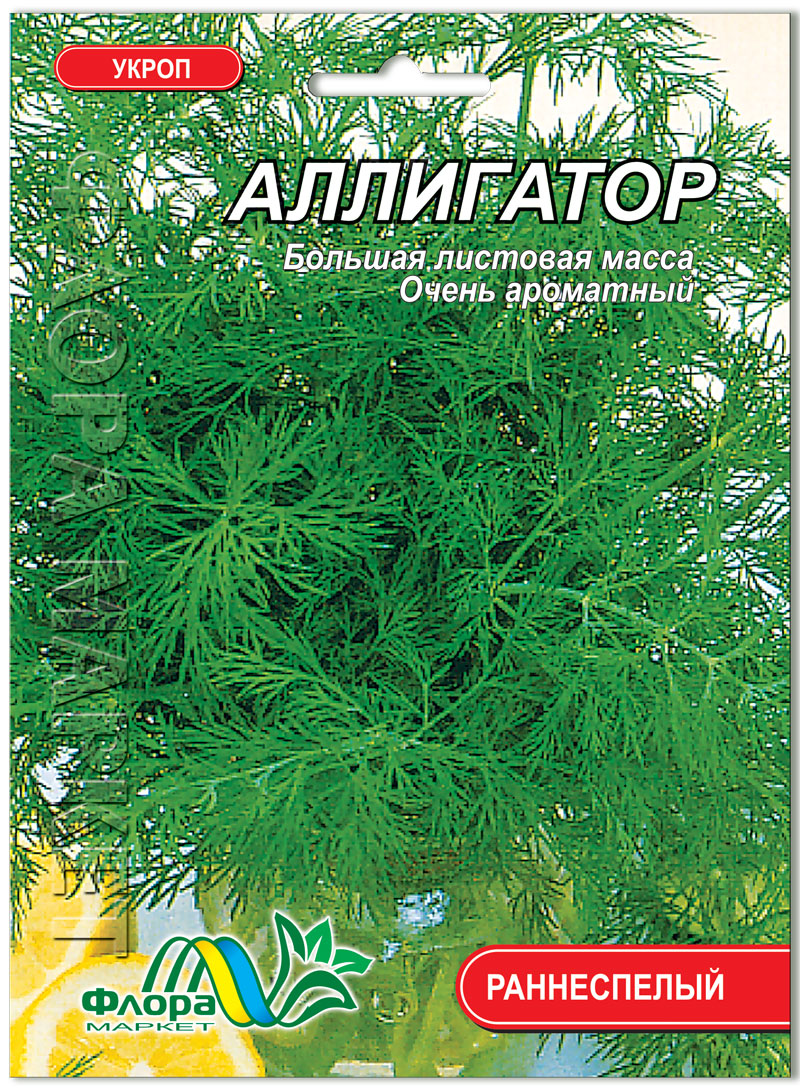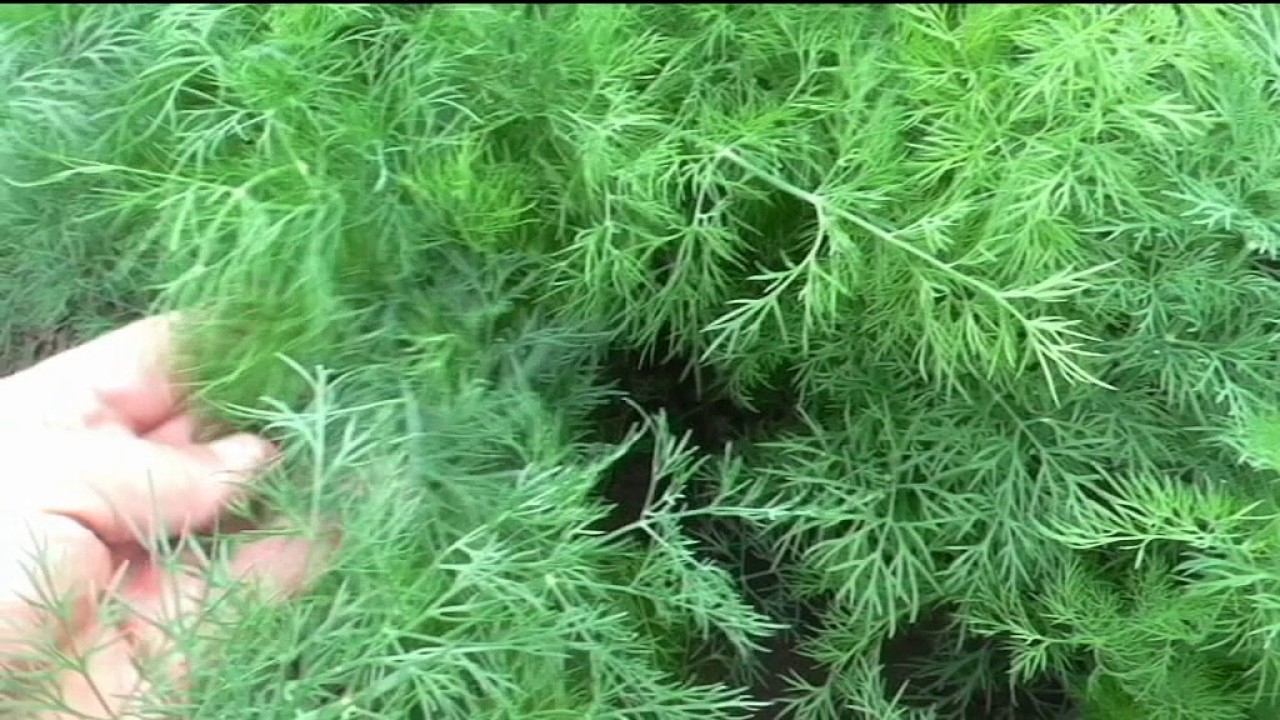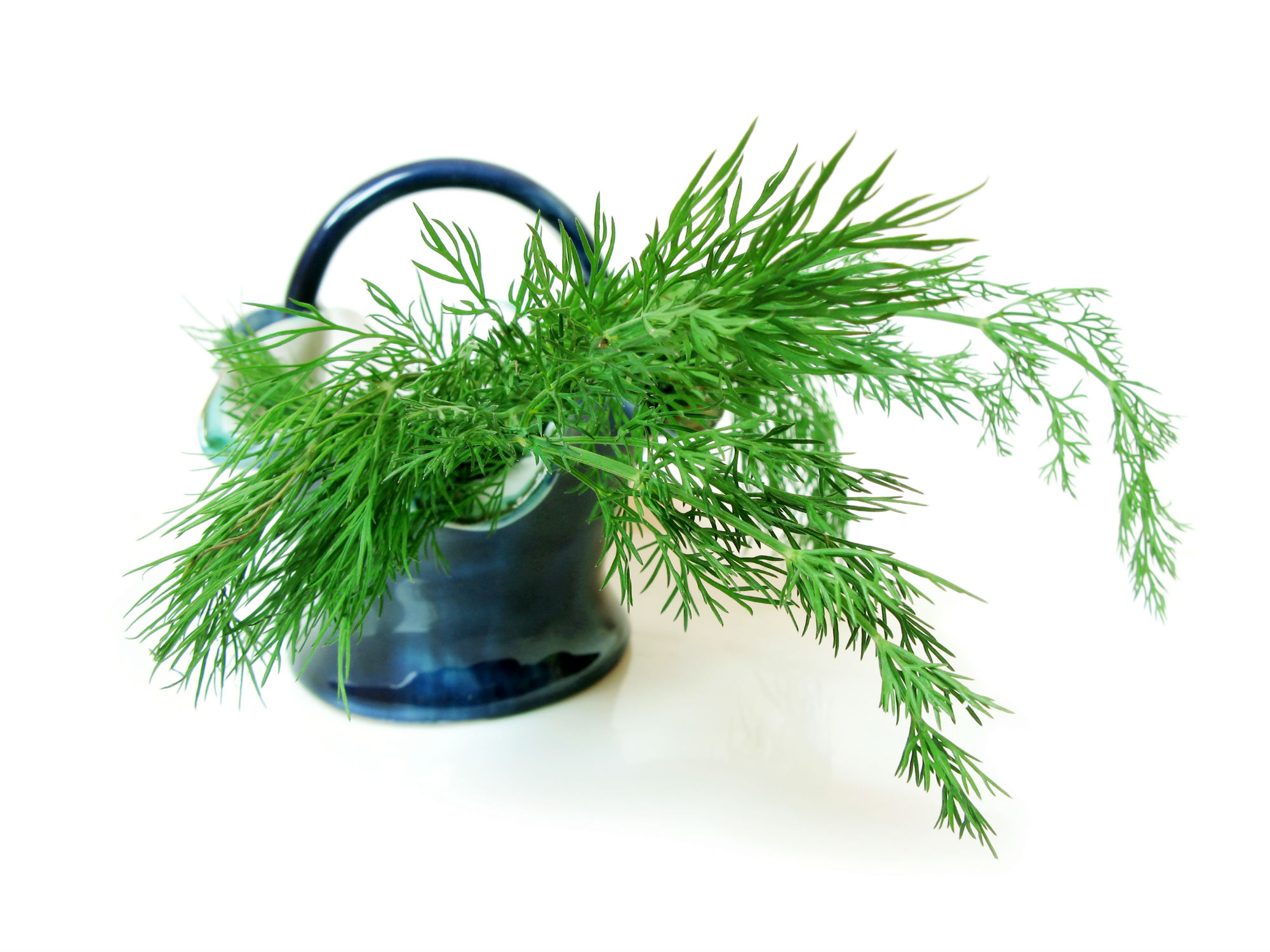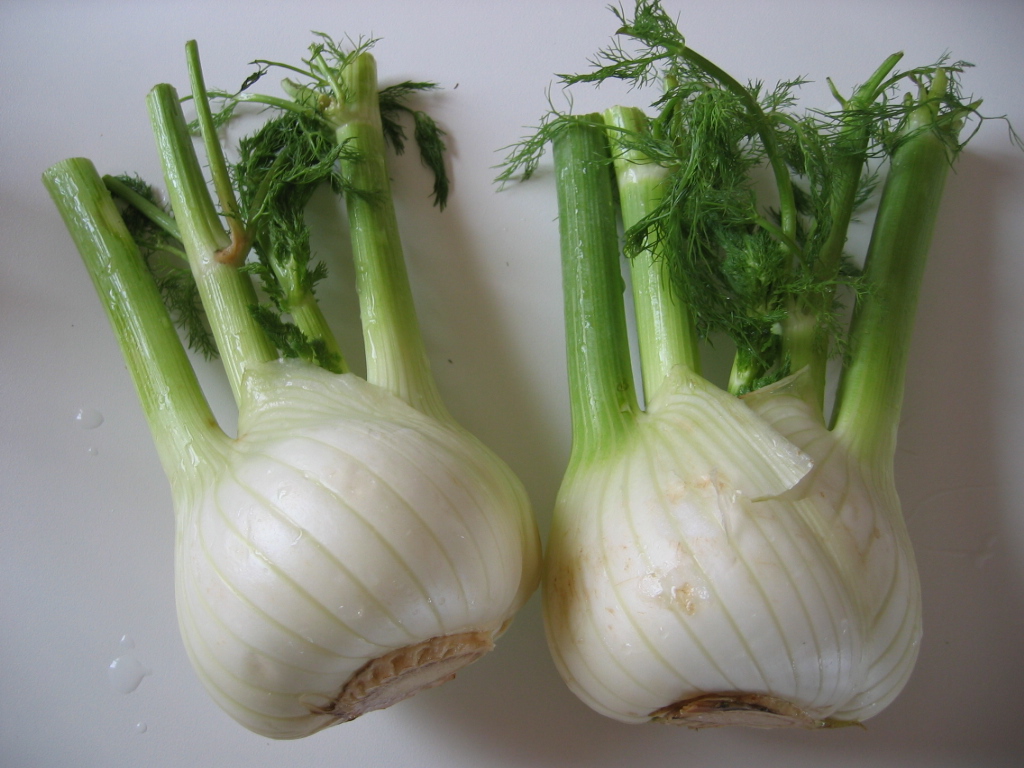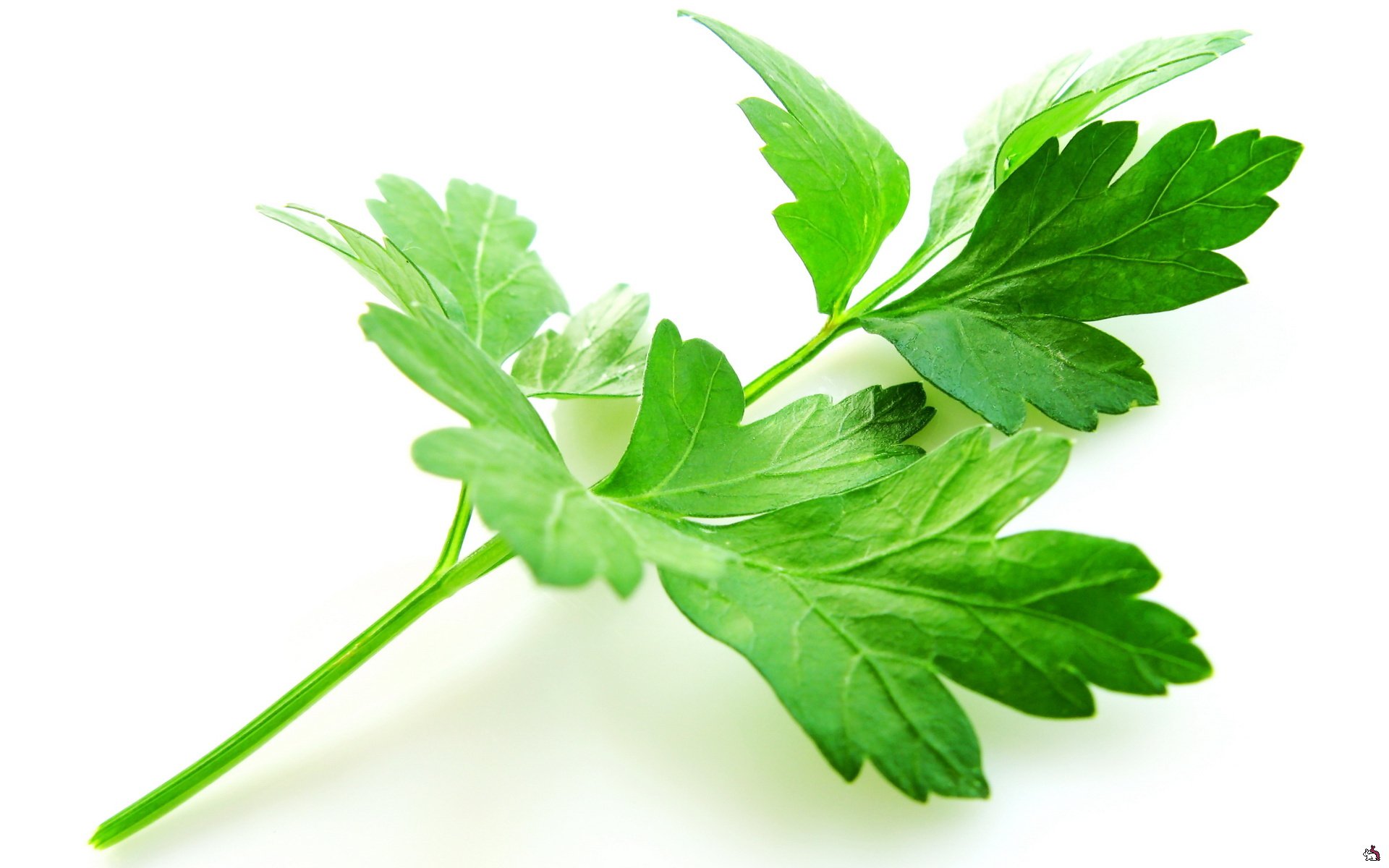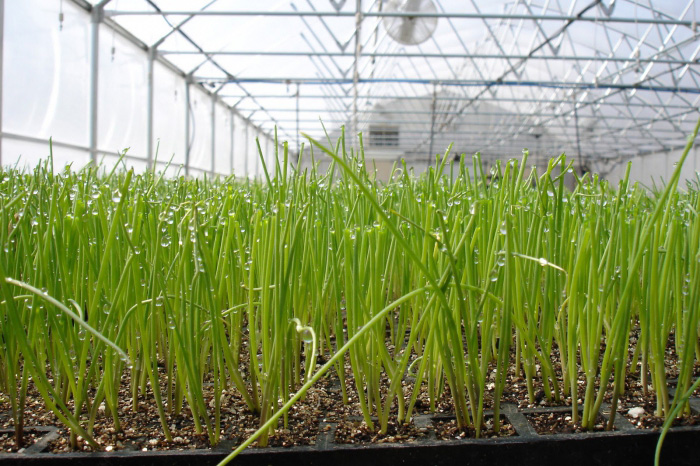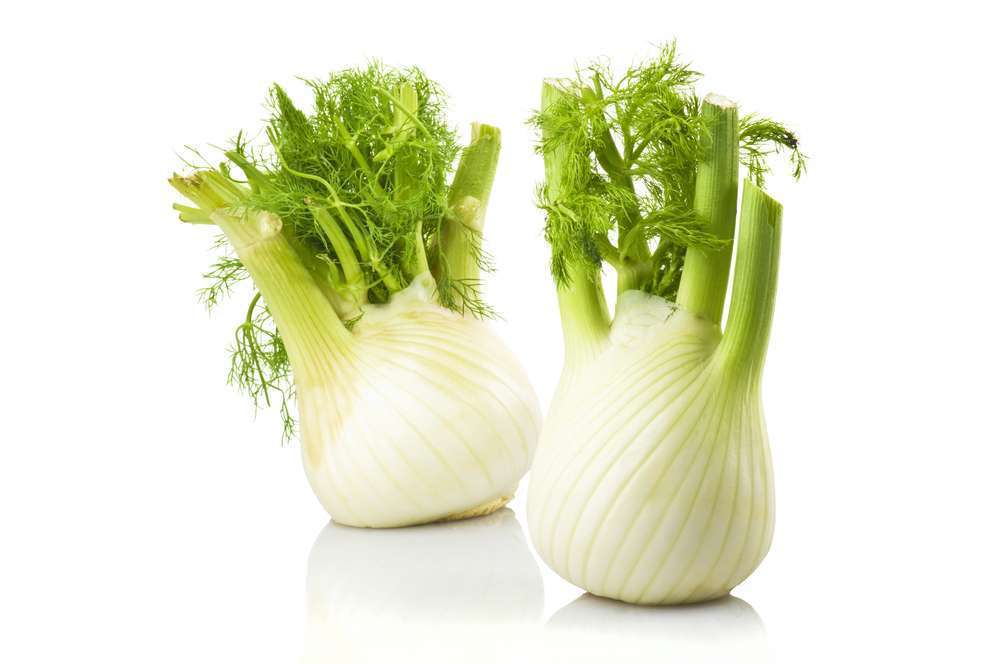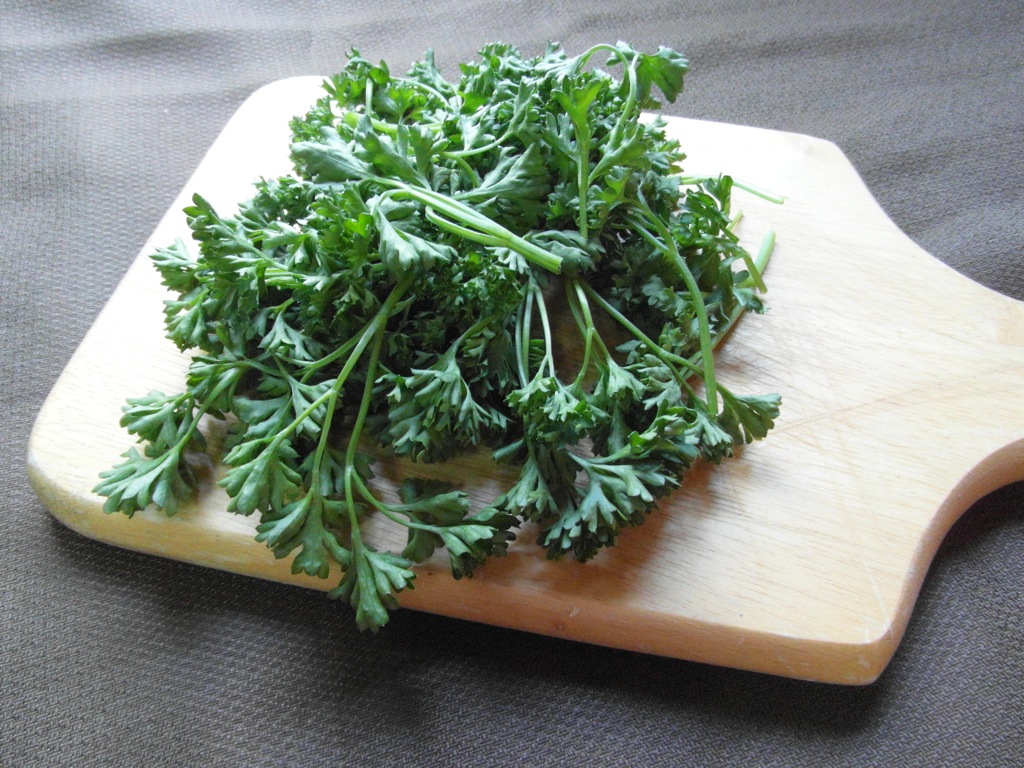Content:
Dill is the most popular greens on the human table. The preparation of vegetable and a number of other salads cannot do without it, fresh and dried dill is added in the preparation of the first and second courses, and is used in canning. This popular greenery contains many vitamins and other useful substances, which is why summer residents are so willing to grow dill in their gardens.
One of the interesting varieties is Alligator dill - an unpretentious and high-yielding variety. This type of greenery is classified as a late ripening variety, so you can cut foliage from it throughout the season. This is what attracts lovers of fresh herbs to this kind.
General information about culture
Dill is a green plant belonging to the Umbrella family; it is a typical annual plant that grows one central stem, from which lateral branches extend. The color of the central shoot is dark emerald, the foliage is feathery, green with a blue tint. The length of the foliage can reach 18-22 cm, at the ends of the stems, umbrella inflorescences with many flowers are formed. The color of the flowers is yellow. The diameter of the umbrellas can reach 17-19 cm.
At the end of the season, small seeds are formed in place of flowers, no more than 5 mm in size. The plant can be self-seeding, but many growers harvest them for planting in the following seasons.
It is believed that this spicy plant grew in the Mediterranean countries, as well as in Western Asia, where it was grown in ancient times. And in the Middle Ages, this spice came to Central European countries, from where it gradually migrated to the north. This herb is used to prepare various dishes and decorate them in many restaurants with different cuisines; the prestige of many catering establishments increases if customers see that chefs use this green for cooking meat and fish dishes.
In Russia, this culture has been cultivated for more than one century, but in many Asian countries it can also be found growing wild.
Many people believe that dill is presented in a single form, but in fact there are many varieties of it, differing in terms of ripening, appearance and shape of leaves.
This article tells about Alligator dill, which is described below.
Characteristics and features of the variety
Dill Crocodile (or Alligator) is quite popular among vegetable growers in different countries, due to its good yield. Seed material should be sown in open ground in the second decade of May, and the first shoots appear already 8-10 days after sowing. The germination rate of this variety is not too high - over 55%. At the beginning of June, the first permanent leaves appear at the seedlings. In the second decade of June, 5-6 leaves appear on the plant, ready for consumption. The color of the leaves is emerald with a bluish tint, the rosette of the leaves is large in size, slightly rises upward.
And if other varieties of dill have to be planted several times per season in order to harvest, then late varieties are good because they grow for a long time (until mid-autumn with good care), so you can harvest them throughout the season.
In dill Crocodile (according to the description), with a rather rare planting of internodes, a lot is formed, therefore, a large number of smaller stems depart from the main thick stem, and the foliage grows well. When the plantings are thickened, the plants grow thin, branch weakly, and the leaves are much smaller than the stated size.
For dill Crocodile, the description and characteristics can be continued with a story about the height of the plants. Thickening of plantings negatively affects the growth and height of the central stems - they rarely exceed 0.9-1.1 m in height.Free growing dill Crocodile can reach 1.5 m in height.
Since the plant belongs to late-ripening varieties, it takes about 4 months from the moment of germination to full maturity of the seeds. Already after 40-45 days from the moment the shoots appear, you can start collecting green leaves. At a time from each plant, you can collect at least 22 g of greens.
Dill Alligator - not only green mass is harvested from it, umbrella inflorescences, as well as ripe seeds, are also used for conservation. Since the variety is late-ripening, in the middle lane, the Urals and Siberia, the seeds of this spicy plant have time to ripen only in a greenhouse, in the open ground in these regions only green mass is harvested. But in the southern regions, vegetable growers also collect seed from ripe umbrella inflorescences.
Dill greens can be harvested for the winter: they are frozen fresh in the freezer or dried, finely chopped and placed in the shade in the fresh air.
Agricultural technology of cultivation
It seems to many novice vegetable growers that it is very easy to grow dill. Of course, this culture is extremely unpretentious, but there are still certain nuances in its cultivation.
To begin with, dill seed contains a large amount of essential oils that prevent their germination. Therefore, to get the first shoots faster, you should first soak the seeds in water with a temperature of at least 36-38 ° C.
Germination lasts at least 2 days; as it cools, the water should be changed. Only then is the seed ready for planting. After germination, the first shoots appear on the third day.
Before sowing, organic matter is introduced into the beds: well-rotted compost or humus. Shallow grooves are made across the beds (their depth is 1-1.5 cm), the distance between the grooves is at least 20 cm. The soil should be moist and loose. After sowing, the beds should be covered with polyethylene until the first shoots appear.
Further care for the growing dill will not be too difficult. This plant needs regular watering, the rate of moisture application is at least half a bucket per 1 m². Watering regime - at least once every 7 days. In the case of a dry hot summer, the number of irrigations is increased to once every 2-3 days.
It is not required to feed this crop during the growth process - it is enough to apply organic fertilizers before sowing the seeds. But you should regularly remove weeds and periodically loosen the soil. Weeding can only be done until the dill grows, then the weeds will not interfere with its growth.
Advantages and disadvantages of the variety
The main advantages of this variety of dill:
- high yield of the variety;
- high resistance to attack by pests;
- the plant can grow well in low light;
- foliage - very juicy;
- stalking is not fast;
- plant height can reach 1.5-1.6 m;
- the plant is unpretentious.
There are practically no drawbacks to Alligator dill, it can only be noted that in regions with a short summer season in the open field, dill does not have time to ripen seeds. It should also be noted that fresh greens of this culture are not stored for a long time and begins to wither, but this property is inherent in any type of greens.
